 [vc_empty_space height=”20″]The accident happened on a warm, sunny day in late spring of Riley Johnson’s sophomore year. He was on his way to school in a large truck, but had plenty of time before the first bell.
[vc_empty_space height=”20″]The accident happened on a warm, sunny day in late spring of Riley Johnson’s sophomore year. He was on his way to school in a large truck, but had plenty of time before the first bell.
Then, in less than a second, just as Johnson was about to cross through a green light at the intersection of New Haven Rd. and 63 North, another driver with a left hand turn failed to yield.[/vc_column_inner][/vc_row_inner]“I T-boned him, spun his car around,” Johnson said. “Both my Silverado and his G6 were totaled.”
When all the broken glass had settled, Johnson emerged from his car with just a sore neck and a few scrapes. But in the hazy minutes as he stumbled toward the other vehicle, he realized the other driver had not been so lucky.
“He was unconscious and had a four -inch piece of glass stuck in his forehead,” Johnson said. “I got a handkerchief from my truck, and I didn’t know anything else but to stop the bleeding. I just knew I had to do something because he was injured. I had to work fast because this guy’s life was on the line.”
With time running out, Johnson quickly tended to the man’s injuries despite having no prior first-aid training. Still reeling from the crash, he pulled out his phone, dialed 911 and gave clear directions to the operator. As first responders began to arrive on scene and treat the patient, Johnson said he was inspired to go into the same profession.
“I just remembered leaning up against my totaled truck and watching them do their job,” Johnson said. “And I remember thinking, ‘That’s what I want to do with my life.’”A few months later, Johnson had enrolled in the Columbia Fire Department’s Explorers Program and signed up for Bobby Horn’s EMT class at the Columbia Area Career Center.
Horn, who also works as a paramedic, is the long-time instructor of this course. One of the first things he teaches his students is the importance of critical thinking skills, especially in situations with tough time constraints.
“When you’re out there, you have to draw back from your foundational knowledge and your experience,” Horn said. “A paramedic and an EMT are going to make split-second decisions that will affect the patient for the rest of their life. They must have critical thinking skills.”[/vc_column_inner]
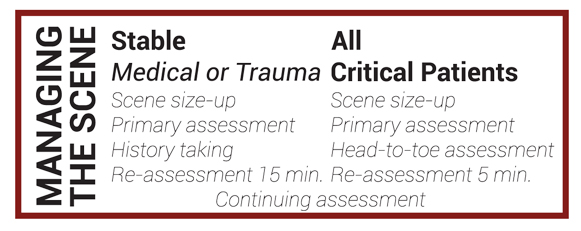
Infographic by Jenna Liu
[/vc_column_inner][/vc_row_inner]As a patient’s life is in the hands of first responders, the hard decisions Horn and his colleagues make day in and day out can seem insurmountable under pressure. Yet at every emergency, these men and women must be able to do what they can in the few minutes or seconds they may have while still maintaining control of the situation.
“It’s our job as first responders to keep that scene from becoming chaotic,” Horn said. “If I remain calm, my partner’s going to remain calm, the patient’s going to remain calm. But if I’m anxious and panicky, nobody’s going to win.”
To keep everything in order, Horn said every first responder must run through a standard procedure that begins with a patient assessment. The process then differs slightly for either trauma or medical patients, but both approaches have exact steps that must be strictly followed.
Johnson, who graduated from RBHS last year and is involved with the Columbia Fire Department as an explorer while studying nursing at the University of Missouri, said that Horn did a great job in preparing his students for the realities of the lives of first responders.
“It directly relates to what we do in the field as far as fire service goes,” Johnson said. “The practical skills that we did in the classroom are exactly what we do in the field.”
Junior Jake Floyd is hoping to use these same lessons after he graduates high school. Floyd, whose father is a firefighter, is currently enrolled in Horn’s EMT class and plans to one day join the ranks of the men and women he grew up around.
“The first time I actually became interested in the fire service was when I went to see my dad and I used to see the trucks,” Floyd said. “I would see him run calls and lead the fire station, and I was like ‘Wow, that’s really cool.’ That inspired me and ever since then I’ve wanted to do that for my future.”
Floyd ultimately wants to attend the University of Lindenwood and graduate with a degree in fire science, but as of right now is still training as an explorer with the Columbia Fire Department. While Floyd is set on becoming a firefighter like his father, he admits that the profession comes with its share of risks.
“I always worry about my dad — not just my dad but everybody with the fire department because it’s a bond that everyone shares,” Floyd said. “I think you kind of realize that you’re all in it together; you’re all working hard to not only save the people but get each other out.”
For Johnson, the key to handling such high-stress situations is to be calm and in control. Even while the seconds seem to be trickling away, the trick is to trust his training to get him through the job, Johnson said.
“We have a number of deep breathing exercises we can do to slow our heart rate down and remain focused on the task at hand,” Johnson said. “It’s all business when we are on scene, but it’s after the call is over when we usually feel the stress from the incident.”
Though it may be difficult for first responders to remain unflappable under pressure, Johnson said doing so is crucial to the well-being of the patient. Nevertheless, Horn said the excitement and sense of urgency that arises in emergency situations should never disappear.
“Every good provider always gets that heart-pumping, anxious feeling inside,” Horn said. “The day that I stop getting that adrenaline rush or caring about my patient is the day I need to quit.”
By Jenna LiuQuick Navigation[/vc_column_inner][/vc_row_inner][TS_VCSC_Icon_Flat_Button button_style=”ts-color-button-emerald-flat” button_align=”center” button_width=”100″ button_height=”50″ button_text=”Previous” button_change=”true” button_color=”#ffffff” font_size=”18″ icon=”ts-awesome-chevron-left” icon_change=”true” icon_color=”#ffffff” tooltip_html=”false” tooltip_position=”ts-simptip-position-top” tooltipster_offsetx=”0″ tooltipster_offsety=”0″ margin_top=”20″ margin_bottom=”20″ link=”url:http%3A%2F%2Fwww.bearingnews.org%2F2015%2F04%2Fseven-seconds%2F|title:Seven%20Seconds|”]This article is the third in a series. Select “Next” to view the next article in the series, or “Previous” to view the preceding article. Return to












































































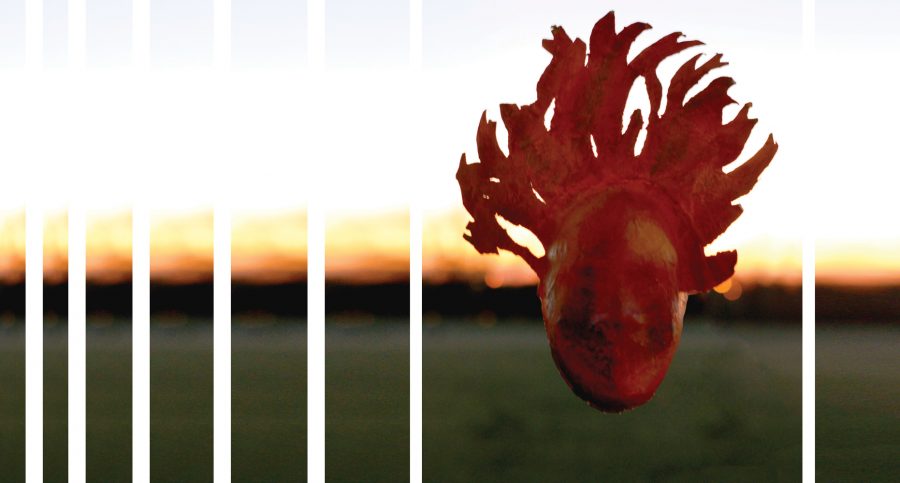

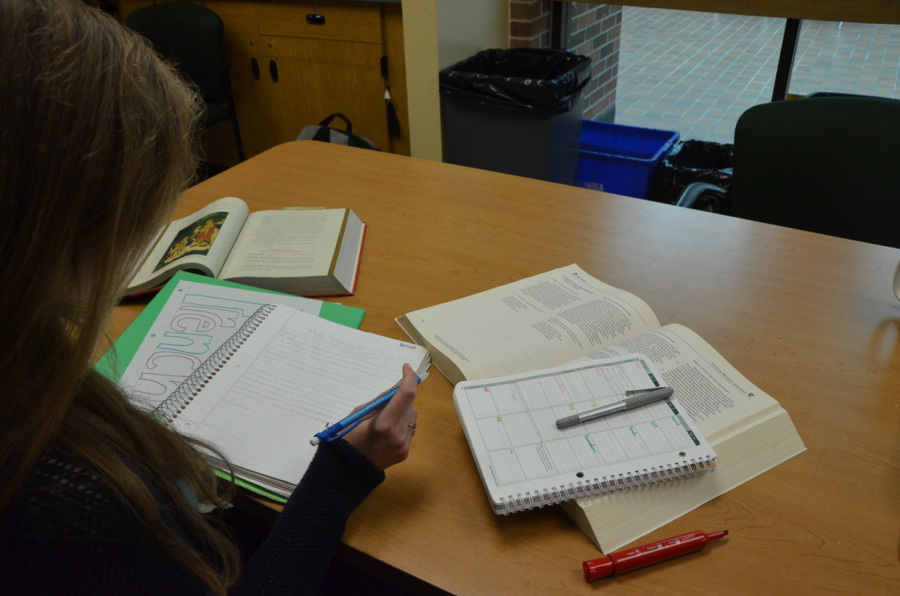
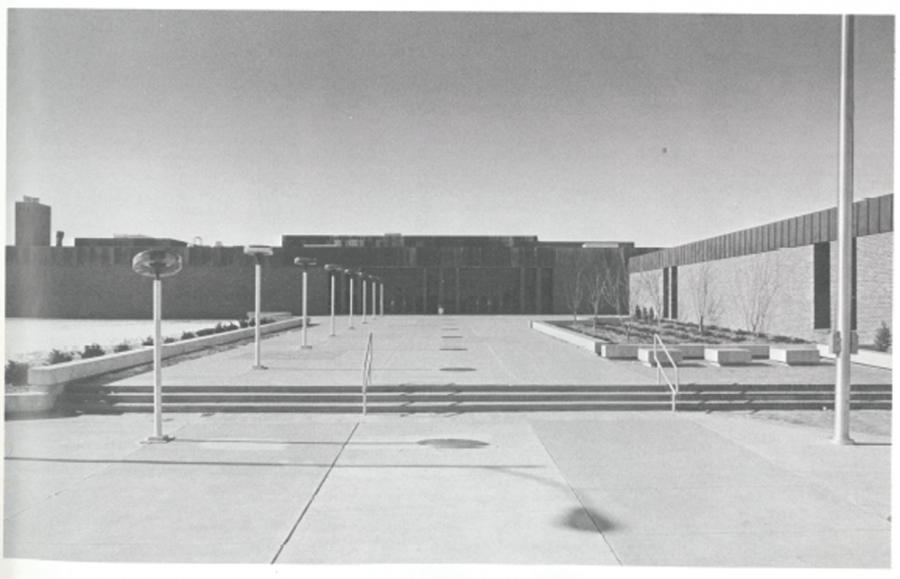


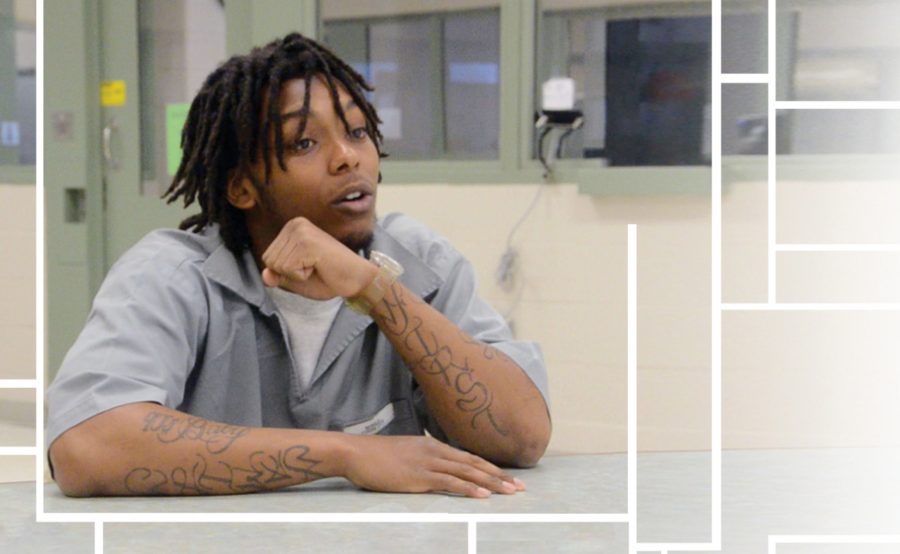

Joy Park • Apr 21, 2015 at 2:40 pm
It was interesting to read this story, because I thought the angle would lead into the cliché of ‘how a second can change your life.’ Instead it was about the first responders working under pressure and racing against time to treat and save a patient’s life. Also, cool webpage effect/layout!
Lauren Hofmann • Apr 19, 2015 at 6:58 pm
This story is really great, it goes to show how a single moment can inspire you. I also really like the scrolling with the picture coming in behind it, it’s a really cool effect.